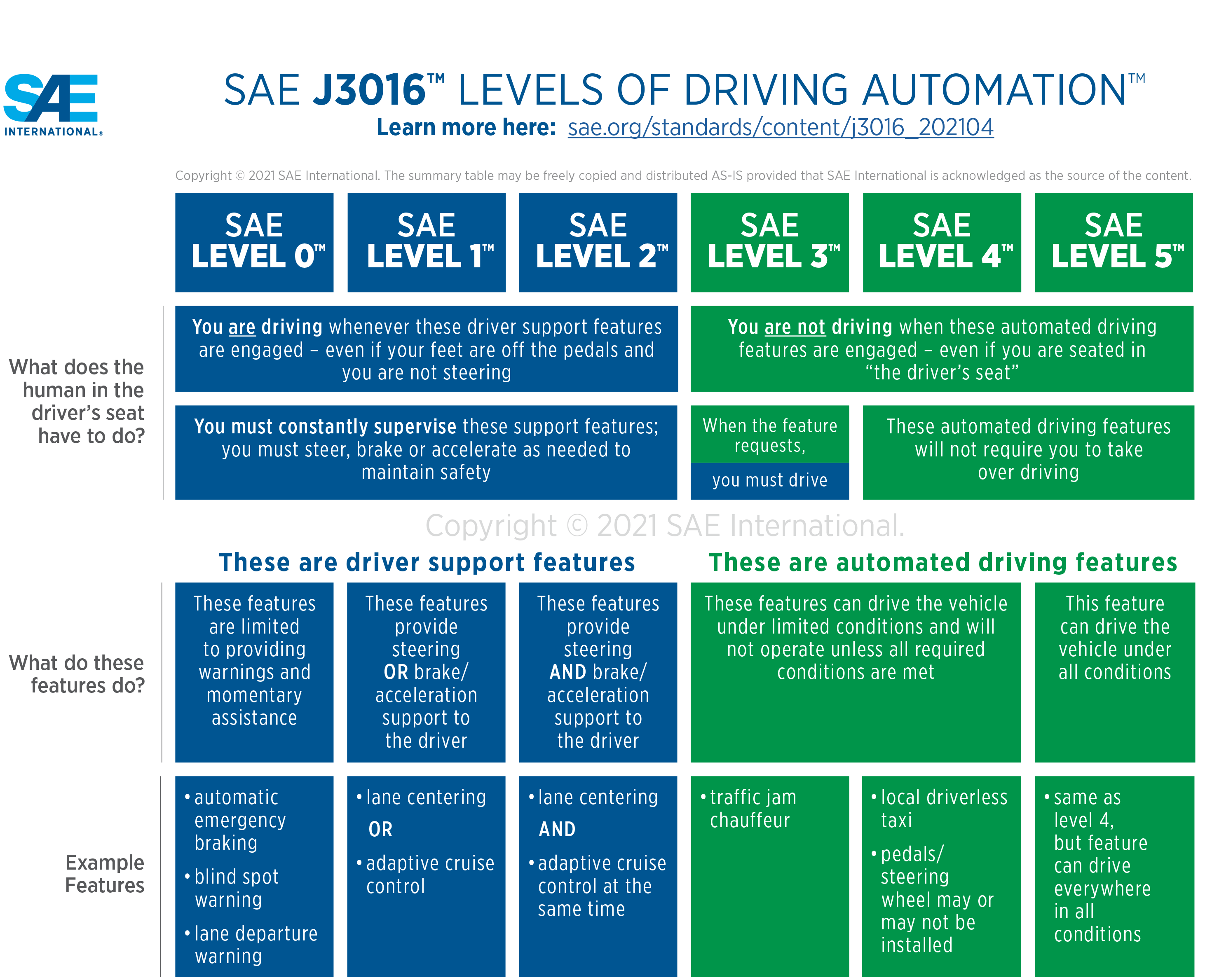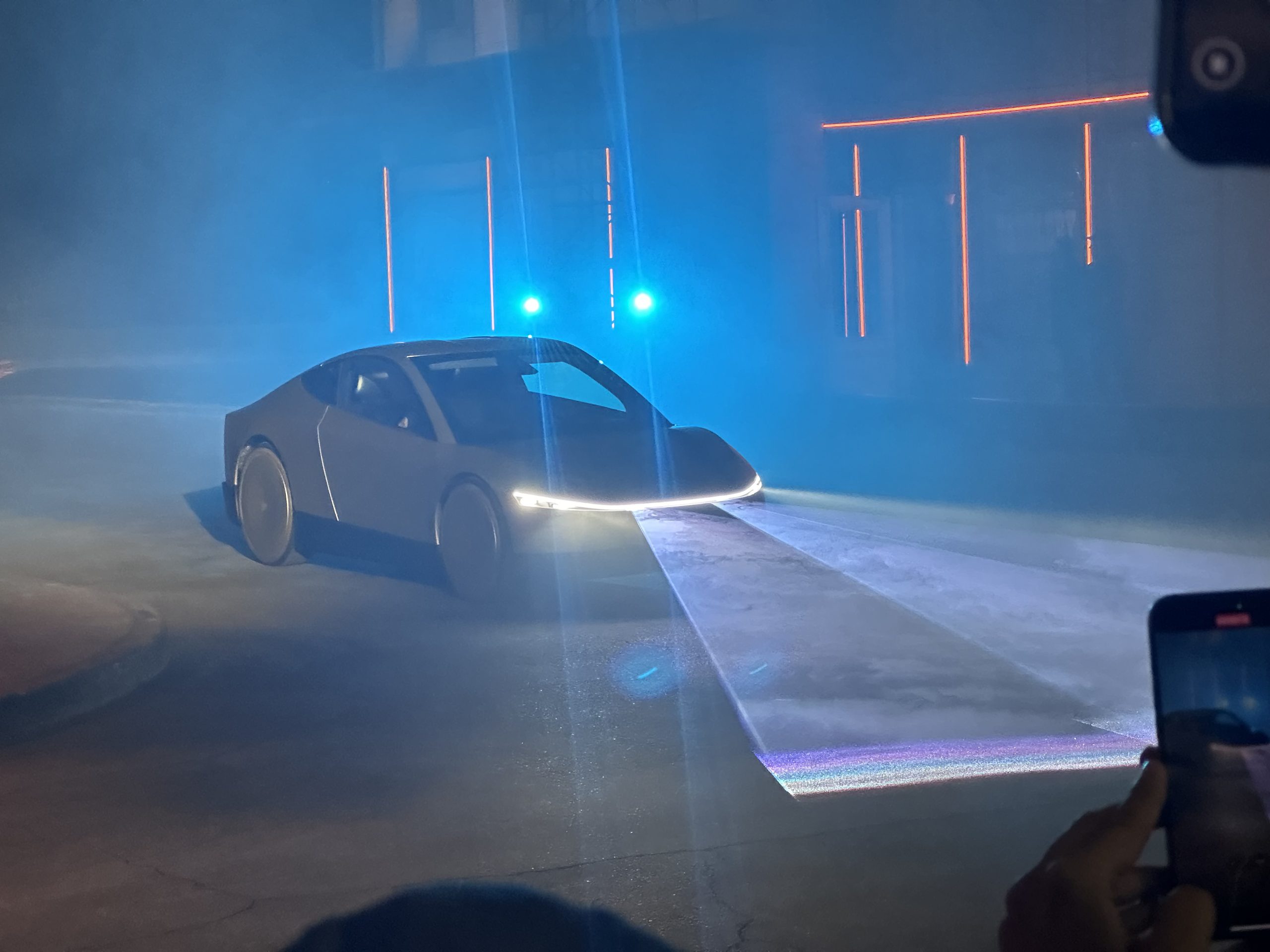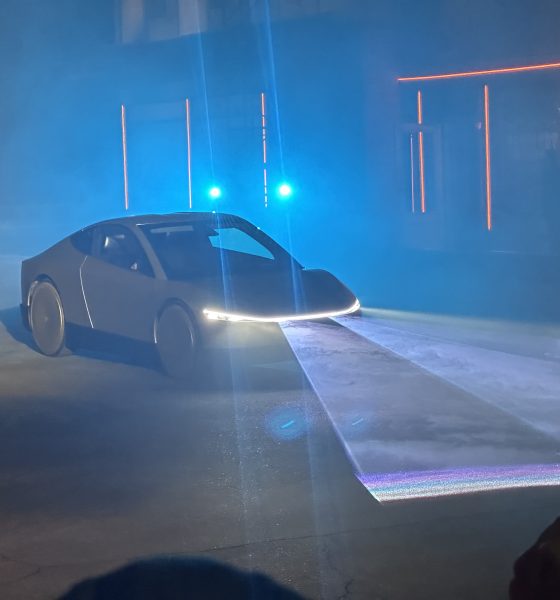Tesla and other companies are actively developing self-driving technologies and driverless ride-hailing platforms, and with President-elect Donald Trump’s transition team already focused on autonomous vehicles, the tech is highly expected to be a major theme in 2025.
According to a Reuters Breakingviews prediction report on Monday, Trump’s moves to minimize regulations surrounding autonomous vehicles and create a federal framework for the technology are expected to supercharge the industry—as increased competition emerges in the U.S. and beyond.
With Tesla CEO Elon Musk also set to play a large role in Trump’s administration, heading up the Department of Government Efficiency (DOGE), the company’s own developments in the sector could also stand to benefit substantially. Reuters also predicts that self-driving pilots could expand under the administration, especially as developers aim to increase the amount of data used to train their systems.
READ MORE ON SELF-DRIVING REGULATIONS: U.S. agency proposes rules for self-driving vehicle incident reporting
Last month, the Trump transition team said that it was already aiming to create a federal self-driving vehicle framework. Additionally, the team earlier this month was reported to be ditching federal requirements on automated driving tech crash reporting, coming as one example of the administration’s aims to streamline regulatory processes in the industry.
Internationally, the Society of Automotive Engineers (SAE) categorizes vehicle automation into five automation levels, which are generally adopted in conversations about robotaxis in the U.S. market as well. You can see these categories below, with Level 3 and above generally considered to be full automation, at least at times, while Level 2 and below are considered partial automation.
Credit: SAE International
According to the data firm Canalys, just 5.5 percent of vehicles sold this year have included Level 2 or more assistance features, such as cruise control and automated lane changes. By 2025, however, Citi research has suggested that models in China below 200,000 yuan (about $28,000) will have these features, playing a major role in consumer demand.
In China, at least 19 companies are currently testing fully autonomous vehicles, and Goldman Sachs expects the country to see as many as 90 percent of consumer sales to have features of Level 3 autonomy or greaterby 2040, compared to just 65 percent in the U.S.
While these technologies are emerging, McKinsey predicts that self-driving could become a $400 billion industry by 2035. Google parent company Alphabet runs Waymo, a Level 4 driverless ride-hailing service that already offers paid rides, while others, including Pony AI and Baidu also offer rentable self-driving vehicles in select areas.
BYD has invested $14 billion into self-driving, Toyota has around 1.7 trillion yen ($11.3 billion) going toward software, while Volkswagen has invested $700 million into China’s Xpeng Motors. Li Auto and Xiami are also considered potential competitors in these spaces, and 2025 could prove a big year for commercial self-driving hopefuls.
Tesla’s Supervised FSD program, Cybercab unveiled
Meanwhile, Tesla isn’t yet operating a paid ride-hailing service, though it gathers data through owner use of its Supervised Full Self-Driving (FSD) software. Tesla has touted the potential scalability of its Supervised FSD in the past, given that it’s available at least in some form in all of the company’s vehicles.
Musk has also regularly talked about a future in which owners of its vehicles could use an Unsupervised FSD to generate money by giving robotaxi rides while not normally in use.
On that theme, Tesla unveiled the Cybercab in October, a fully autonomous, two-seat vehicle with no pedals, set to eventually make it to the market as a driverless ride-hailing vehicle. It’s also set to be equipped with wireless charging and make use of an automated cleaning robot, offering top-to-bottom autonomy for owners.
MORE ON FSD SUPERVISED: Watch Tesla’s FSD v13.2 navigate away from park in a tricky situation
Tesla skeptics, Waymo’s driverless ride-hails, GM’s Cruise drives into the sunset
Despite the unveiling, some have shared skepticism around how long the vehicles could take to reach the market, especially given that production isn’t set to begin until 2026 with commercial deliveries aiming for “before 2027,” according to Musk during the October 10 “We, Robot” unveiling event.
On Monday, analyst Gary Black also predicted that fewer than 50 percent of Tesla owners would join the company’s robotaxi fleet, while a Guggenheim researcher in October said Tesla was “extremely unlikely” to reveal a credible path to robotaxi commercialization in the next 12 to 24 months.
Others like Waymo are some of the first companies operating paid driverless ride-hails, and the Google-run firm said in August that its robotaxis were already giving 100,000 paid self-driving rides per week. Meanwhile, General Motors (GM) announced this month that it will officially end funding for its commercial self-driving arm Cruise, after one of the company’s driverless vehicles last year ran over and pinned a pedestrian in San Francisco.
ALSO RELATED:
- Tesla China FSD approval expected by end of 2024: Musk
- Waymo to test self-driving vehicles in another country in 2025
What are your thoughts? Let me know at zach@teslarati.com, find me on X at @zacharyvisconti, or send us tips at tips@teslarati.com.
California regulators add new reporting requirements for self-driving cars
Need accessories for your Tesla? Check out the Teslarati Marketplace:

Elon Musk
Starlink passes 9 million active customers just weeks after hitting 8 million
The milestone highlights the accelerating growth of Starlink, which has now been adding over 20,000 new users per day.

SpaceX’s Starlink satellite internet service has continued its rapid global expansion, surpassing 9 million active customers just weeks after crossing the 8 million mark.
The milestone highlights the accelerating growth of Starlink, which has now been adding over 20,000 new users per day.
9 million customers
In a post on X, SpaceX stated that Starlink now serves over 9 million active users across 155 countries, territories, and markets. The company reached 8 million customers in early November, meaning it added roughly 1 million subscribers in under seven weeks, or about 21,275 new users on average per day.
“Starlink is connecting more than 9M active customers with high-speed internet across 155 countries, territories, and many other markets,” Starlink wrote in a post on its official X account. SpaceX President Gwynne Shotwell also celebrated the milestone on X. “A huge thank you to all of our customers and congrats to the Starlink team for such an incredible product,” she wrote.
That growth rate reflects both rising demand for broadband in underserved regions and Starlink’s expanding satellite constellation, which now includes more than 9,000 low-Earth-orbit satellites designed to deliver high-speed, low-latency internet worldwide.
Starlink’s momentum
Starlink’s momentum has been building up. SpaceX reported 4.6 million Starlink customers in December 2024, followed by 7 million by August 2025, and 8 million customers in November. Independent data also suggests Starlink usage is rising sharply, with Cloudflare reporting that global web traffic from Starlink users more than doubled in 2025, as noted in an Insider report.
Starlink’s momentum is increasingly tied to SpaceX’s broader financial outlook. Elon Musk has said the satellite network is “by far” the company’s largest revenue driver, and reports suggest SpaceX may be positioning itself for an initial public offering as soon as next year, with valuations estimated as high as $1.5 trillion. Musk has also suggested in the past that Starlink could have its own IPO in the future.
News
NVIDIA Director of Robotics: Tesla FSD v14 is the first AI to pass the “Physical Turing Test”
After testing FSD v14, Fan stated that his experience with FSD felt magical at first, but it soon started to feel like a routine.

NVIDIA Director of Robotics Jim Fan has praised Tesla’s Full Self-Driving (Supervised) v14 as the first AI to pass what he described as a “Physical Turing Test.”
After testing FSD v14, Fan stated that his experience with FSD felt magical at first, but it soon started to feel like a routine. And just like smartphones today, removing it now would “actively hurt.”
Jim Fan’s hands-on FSD v14 impressions
Fan, a leading researcher in embodied AI who is currently solving Physical AI at NVIDIA and spearheading the company’s Project GR00T initiative, noted that he actually was late to the Tesla game. He was, however, one of the first to try out FSD v14.
“I was very late to own a Tesla but among the earliest to try out FSD v14. It’s perhaps the first time I experience an AI that passes the Physical Turing Test: after a long day at work, you press a button, lay back, and couldn’t tell if a neural net or a human drove you home,” Fan wrote in a post on X.
Fan added: “Despite knowing exactly how robot learning works, I still find it magical watching the steering wheel turn by itself. First it feels surreal, next it becomes routine. Then, like the smartphone, taking it away actively hurts. This is how humanity gets rewired and glued to god-like technologies.”
The Physical Turing Test
The original Turing Test was conceived by Alan Turing in 1950, and it was aimed at determining if a machine could exhibit behavior that is equivalent to or indistinguishable from a human. By focusing on text-based conversations, the original Turing Test set a high bar for natural language processing and machine learning.
This test has been passed by today’s large language models. However, the capability to converse in a humanlike manner is a completely different challenge from performing real-world problem-solving or physical interactions. Thus, Fan introduced the Physical Turing Test, which challenges AI systems to demonstrate intelligence through physical actions.
Based on Fan’s comments, Tesla has demonstrated these intelligent physical actions with FSD v14. Elon Musk agreed with the NVIDIA executive, stating in a post on X that with FSD v14, “you can sense the sentience maturing.” Musk also praised Tesla AI, calling it the best “real-world AI” today.
News
Tesla AI team burns the Christmas midnight oil by releasing FSD v14.2.2.1
The update was released just a day after FSD v14.2.2 started rolling out to customers.

Tesla is burning the midnight oil this Christmas, with the Tesla AI team quietly rolling out Full Self-Driving (Supervised) v14.2.2.1 just a day after FSD v14.2.2 started rolling out to customers.
Tesla owner shares insights on FSD v14.2.2.1
Longtime Tesla owner and FSD tester @BLKMDL3 shared some insights following several drives with FSD v14.2.2.1 in rainy Los Angeles conditions with standing water and faded lane lines. He reported zero steering hesitation or stutter, confident lane changes, and maneuvers executed with precision that evoked the performance of Tesla’s driverless Robotaxis in Austin.
Parking performance impressed, with most spots nailed perfectly, including tight, sharp turns, in single attempts without shaky steering. One minor offset happened only due to another vehicle that was parked over the line, which FSD accommodated by a few extra inches. In rain that typically erases road markings, FSD visualized lanes and turn lines better than humans, positioning itself flawlessly when entering new streets as well.
“Took it up a dark, wet, and twisty canyon road up and down the hill tonight and it went very well as to be expected. Stayed centered in the lane, kept speed well and gives a confidence inspiring steering feel where it handles these curvy roads better than the majority of human drivers,” the Tesla owner wrote in a post on X.
Tesla’s FSD v14.2.2 update
Just a day before FSD v14.2.2.1’s release, Tesla rolled out FSD v14.2.2, which was focused on smoother real-world performance, better obstacle awareness, and precise end-of-trip routing. According to the update’s release notes, FSD v14.2.2 upgrades the vision encoder neural network with higher resolution features, enhancing detection of emergency vehicles, road obstacles, and human gestures.
New Arrival Options also allowed users to select preferred drop-off styles, such as Parking Lot, Street, Driveway, Parking Garage, or Curbside, with the navigation pin automatically adjusting to the ideal spot. Other refinements include pulling over for emergency vehicles, real-time vision-based detours for blocked roads, improved gate and debris handling, and Speed Profiles for customized driving styles.










